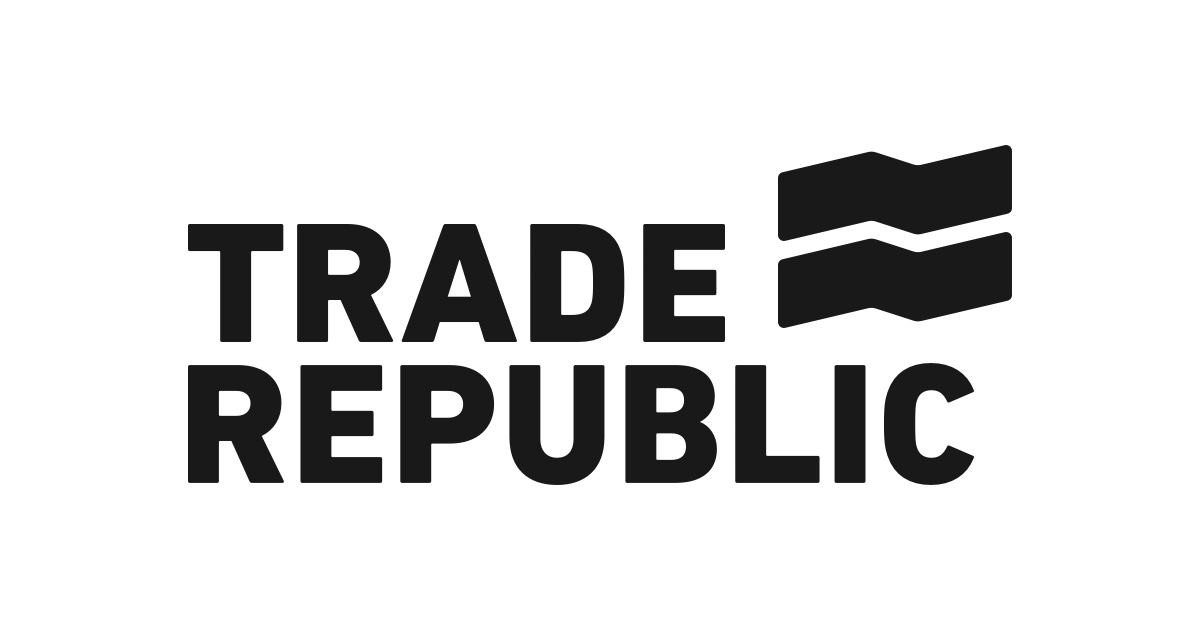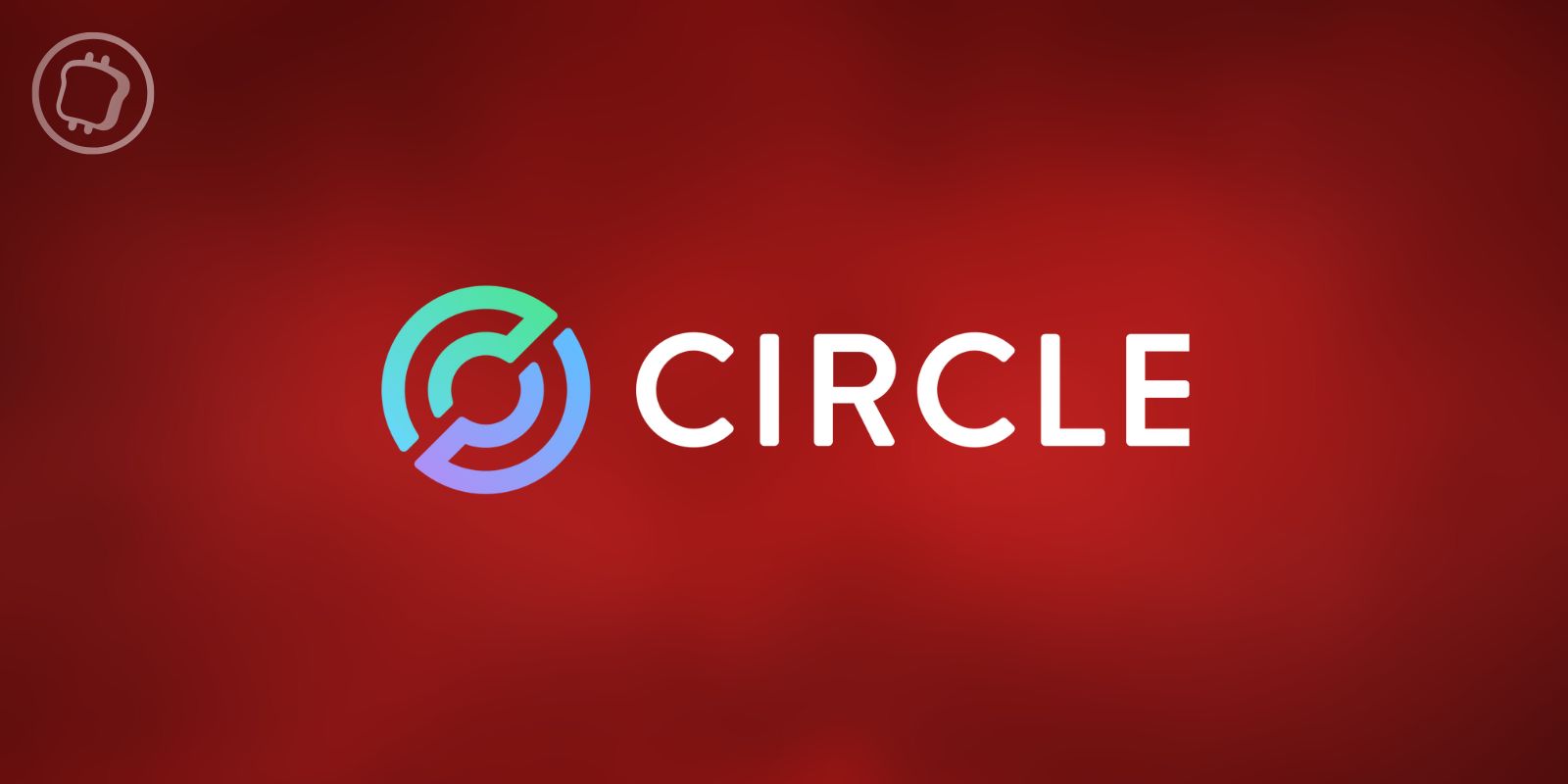Overnight, Circle’s USDC stablecoin lost its peg to the dollar. Is it temporary or permanent? We return to the reasons for this panic.
USDC loses dollar peg
Tonight, the second stablecoin in the cryptocurrency ecosystem, the USDC, lost its peg to the dollar. Indeed, depending on the data sources, it evolves when writing these lines to 0.90 dollar on CoinGecko, 0.897 on CoinMarketCap or 0.93 on the TradingView index. Its price is currently very volatile:

USDC Price on the TradingView Index
This event is not without reviving bad memories, recalling the beginnings of the fall of the UST. Before continuing, let us remind our readers that everyone should act according to their own convictionsand that it is not for us to advise to flee the USDC or on the contrary to take advantage of a possible arbitration.
To explain this panic, we must first turn to a broader phenomenon who is the banking panic in the united states. We saw it with Silvergate Bank, which was one of the USDC custodians, and which this week announced its intention to resort to liquidation.
Fortunately, Circle, the USDC issuer, had made arrangements by withdrawing its share of reserves at Silvergate already last week.
But yesterday, another banking player defaulted: Silicon Valley Bank (SVB). The latter was the subject of administrative closure, directly from the Californian branch of the Federal Deposit Insurance Corporation (FDIC). Gold, Circle held about 25% of its reserves with this player or around $10 billion, and the confirmation of the facts caused the market to panic:
Silicon Valley Bank is one of six banking partners Circle uses for managing the ~25% portion of USDC reserves held in cash. While we await clarity on how the FDIC receivership of SVB will impact its depositors, Circle & USDC continue to operate normally.https://t.co/NU82jnajjY
— Circle (@circle) March 10, 2023
👉 Going Deeper – How does Circle’s USDC work?
Trade stocks or cryptos
A €20 action offered when you register 💰

What will happen now?
Factually, it is impossible at this time to say whether the USDC will be able to overcome this panic and regain its footing. What is certain is that Circle attempted to take action by withdrawing cash from SVBbut confirmed early this morning that 3.3 billion dollars were still blocked with this actor:
2/ Like other customers and depositors who linked on SVB for banking services, Circle joins calls for continuity of this important bank in the US economy and will follow guidance provided by state and Federal regulators.
— Circle (@circle) March 11, 2023
Nevertheless, it would still seem that these funds are safe. And for good reason, it is precisely to ensure the integrity of the deposits of SVB customers. that the FDIC has shut it down. As of December 31, Silicon Valley Bank had 175.4 billion in deposits from all of its customers. Insured actors should have access to their funds on Monday:
“All insured depositors will have full access to their insured deposits no later than Monday morning, March 13, 2023. The FDIC will pay uninsured depositors an early dividend over the next week. Uninsured depositors will receive a receivership certificate for the remaining amount of their uninsured funds. »
As for Circle, it must now rely on five other players who manage its deposits, including Bank of New York Mellon (BNY Mellon). This diversification was precisely there to prevent such risks.
Regarding stablecoins, if the algorithmic models showed their flaws last year, the centralized models also prove that they are not infallible, and that they are exposed to the risk of default by other centralized intermediaries, like the whole banking industry.
👉 Read also – Understanding the importance of the Silvergate case and its impact on the cryptocurrency ecosystem
🎁 Cryptoast Research Launch Offer
1st Newsletter Free with the code TOASTNL

Sources: FDIC, TradingView
Newsletter 🍞
Receive a summary of crypto news every Monday by email 👌
What you need to know about affiliate links. This page presents assets, products or services relating to investments. Some links in this article are affiliated. This means that if you buy a product or register on a site from this article, our partner pays us a commission. This allows us to continue to offer you original and useful content. There is no impact on you and you can even get a bonus by using our links.
Investments in cryptocurrencies are risky. Cryptoast is not responsible for the quality of the products or services presented on this page and could not be held responsible, directly or indirectly, for any damage or loss caused following the use of a good or service highlighted in this article. Investments related to crypto-assets are risky by nature, readers should do their own research before taking any action and only invest within the limits of their financial capabilities. This article does not constitute investment advice.
AMF recommendations. There is no guaranteed high return, a product with high return potential involves high risk. This risk-taking must be in line with your project, your investment horizon and your ability to lose part of this savings. Do not invest if you are not ready to lose all or part of your capital.
To go further, read our Financial Situation, Media Transparency and Legal Notices pages.









